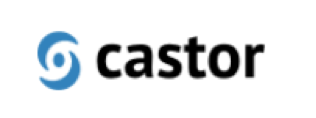Developing an interactive App for high-density mapping of disease complaints
Many chronic diseases, especially rare ones, are not well-characterised with regard to their day-to-day burden of disease in terms of symptoms and health related quality of life. Neither is there a clear grasp of environmental and life style factors that may influence the level of complaints. This has in part to do with their infrequent occurrence, but is also due to the fact that accurate tools are lacked to measure the severity of symptoms and patterns over time, be it diurnal of weekly.
To overcome these shortcomings, it is intended to develop together with a commercial partner an innovative App, that will be able to capture different complaints and factors such as timing of medication, ambient conditions, etc. Participants will receive push messages prompting them to respond within a short time frame to a few concise questions such as level of itch, fatigue, or pain and “at what time did you take your last medication?”. These questions will be issued randomly a few times per week, enabling to collate a high density mapping of complaints and potential influencing factors.
This tool will yield a wealth of information and may prove useful for predicting disease flares and for validation of symptom scores. At the end of the day, by making the tool more generic, it will be applicable for both research questions and patient care in many diseases.
This collaboration project is co-funded by the PPP Allowance made available by Health~Holland, Top Sector Life Sciences & Health, to AMC to stimulate public-private partnerships. For questions, please contact AMC directly via the following email address tki@ixa.nl.



